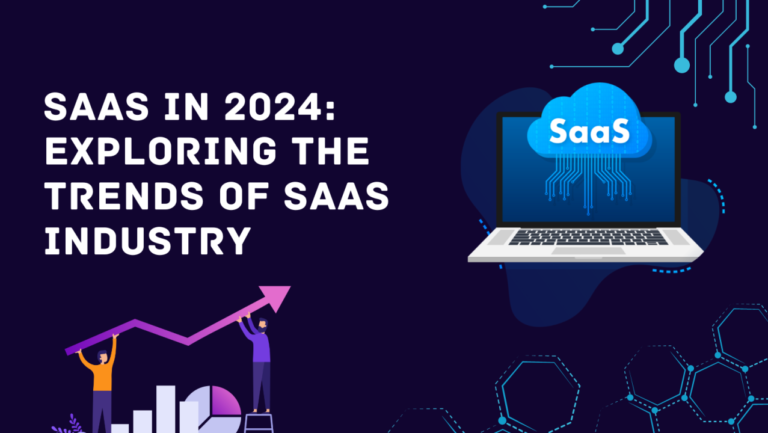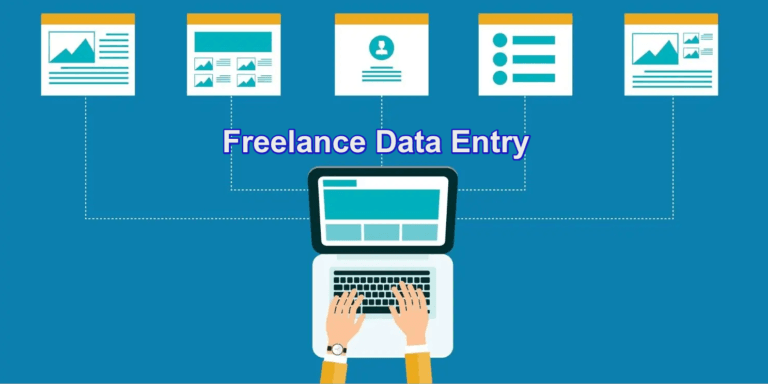What is Python?
Python is an object-oriented, dynamically-semantic, interpreted high-level programming language. Python is a high-level built-in data structure, along with dynamic typing and dynamic binding, which makes it particularly appealing for use in rapid application development and as a scripting or glue language to join together preexisting components.

What do Python frameworks do?
Python frameworks give developers a basis for creating applications while automating the completion of several tasks. Each framework comes with a unique set of modules or packages that drastically cut down on the amount of time needed for development. Python frameworks come in full-stack, micro, and asynchronous varieties.
Library vs Framework: A framework includes the fundamental flow and design of an application, whereas a library is a collection of packages that carry out particular functions. The complexity between them is the main distinction. A developer can simply call the many methods found in libraries when writing code. The other functionality would have to be built without frameworks. Frameworks do, however, have one major advantage: flexibility. They offer the functionality and tools needed for developers to expand and build upon.

Types of Python Frameworks
- Full-Stack Framework: These frameworks serve as a one-stop shop for all of a developer’s needs. With a typical full-stack framework, form generators, form validation, and template layouts are frequently accessible.
- Microframework: These are simple frameworks without extra features and functionality like form validation, database abstraction layers, and specialized tools and libraries. By using a microframework, developers must manually add a lot of code and new needs.
- Asynchronous Framework: Any asynchronous framework, which has recently gained prominence, is a microframework that manages a huge number of concurrent connections. An asynchronous framework created in Python typically makes use of the asyncio package.
Why Python?
Over the last few years, Python has become very well-liked among programmers. It has been popular among developers due to its simplicity, usability, and versatility. Web development is one of the areas where Python has achieved success. To make online development considerably simpler and quicker, Python includes a wide variety of web frameworks. These frameworks give programmers the resources and tools they require to create web applications fast and effectively.
You can find the comparison from PYPL for statistics.

Top Python Frameworks
Django
The sort of full-stack framework. One of the most favored web development frameworks for Python applications is Django. It turned out to be among the best web development frameworks, in reality. The DRY (Don’t Repeat Yourself) philosophy is adhered to by the Django framework.

Django is one of the most well-liked Python full-stack frameworks. This high-level Python web framework enables quick development as well as practical and tidy design. Whether your endeavor is merely a start-up idea or a fully developed corporation.
Key Features
- helps you specify patterns for the URLs in your application.
- system for built-in authentication.
- strong yet simple URL scheme.
- A database designed for object-oriented programming that provides the greatest data storage and recovery.
- The automatic admin interface feature allows for customized editing, addition, and deletion of items.
- Several cache techniques are accompanied by a caching architecture.
Flask
A Python framework called Flask is accessible under a BSD license. It is based on Werkzeug, Jinja2, and the Sinatra Ruby framework. Armin Ronacher created it at Pocono. Although Flask is still relatively new compared to most Python frameworks, it already enjoys popularity among Python web developers and contains a lot of potentials. Let’s take a deeper look at Flask, a so-called “micro” Python framework.

Key Features
- built-in debugger and development server.
- dispatching requests using REST.
- Support for integrated unit testing (code with quality).
- Jinja2 templating is used (tags, filters, macros, and more).
- WSGI 1.0 compliance at 100%.
- The community offers a variety of extensions to make the integration of new features easier.
Web2Py
Another well-liked full-stack, open-source Python framework is Web2Py. Because it is platform-independent, it can function on all widely used operating systems. Moreover, it streamlines the creation of web applications by providing a web-based integrated development environment (IDE) with a code editor, debugger, and one-click deployment.

Key Features
- favors compromise over setup and promote quick web development.
- supports the MVC Architecture, which makes web development simpler.
- gives programmers access to widely used relational and NoSQL databases.
- An online IDE can speed up web development tasks including clearing temporary internet files, modifying app files, running tests, and looking up old tickets.
- It has Helpful Batteries that allow you to efficiently create a variety of web apps without relying on additional tools or services.
- by fixing the most serious security flaws and vulnerabilities, keeps the web apps secure.
CherryPy
A quick, reliable, and simple Python web development framework is CherryPy. It is open-source and is compatible with any functional Python framework. You can access data and create templates using any technology thanks to the CherryPy web framework. It is capable of performing all tasks that a web framework can do, including sessions, file uploads, static, cookies, etc. Moreover, CherryPy enables developers to create web applications in the same way they would any object-oriented Python program. As a result, quick source code development is achieved.

Key Features
- HTTP object-oriented framework
- webserver with multiple threads
- makes independent Python programs
- Sessions, encoding, caching, and authentication are built-in features.
- WSGI and HTTP/1.1 compliant web server
Bottle
Another microframework is Bottle. Its original architecture was intended for creating application programming interfaces (APIs) because it was quick and simple.
Bottle stresses its lightweight construction, as do the greatest microframeworks, in part by implementing everything in a single source file and relying on minimal dependencies. Routing, templates, tools, and an integrated HTTP server are just a few of Bottle’s crucial features.

Key Features
- Using spartan syntax, clean and dynamic URL routes may be mapped.
- Built-in template engine with a backend that is quick and Pythonic.
- CGI can use the WSGI framework, and access to WSGI internals is available.
- makes data, cookies, file uploads, and other HTTP-related metadata easily accessible.
- worked with backing for WSGI-capable HTTP servers such as glue, fapws3, and flup.
- speed enhancements for high performance and testing.
How do you pick the best framework?
If you’re not sure which framework to pick, take a look at these first:
- Project type: Various frameworks are better suited for certain project kinds. For smaller, simpler projects, Flask is a suitable option, whereas Django is preferable for bigger, trickier tasks.
- The project’s requirements are: Think about the project’s unique requirements, such as the necessity for an integrated ORM, asynchronous programming capabilities, or the capacity to manage high traffic.
- The framework’s performance and scalability: The framework should be capable of managing the anticipated workload and scaling as necessary. Choose a framework based on its performance and scalability and compatibility with the project’s needs.
Yet it can be difficult to decide which Python web framework to learn because there are so many of them. Every framework possesses a unique collection of characteristics, advantages, and disadvantages. In this article, we covered some of the most popular Python web frameworks to help you decide which one to learn.








